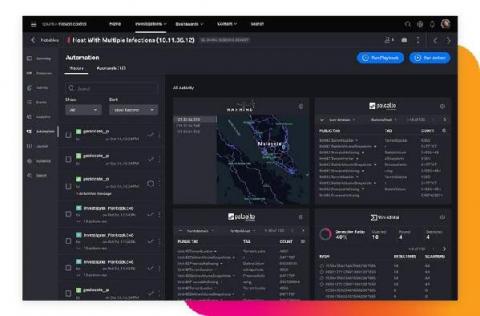How to Assess and Up-level Your Organization's Maturity for SOAR, Gartner's Take
Earlier this year, Gartner published its latest research on the Security Orchestration, Automation and Response (SOAR) market in a report entitled, “Is Your Organization Mature Enough for SOAR?”. We’ve been talking to clients about this very subject and agree with Gartner that SOAR tools can increase SecOps efficiency and consistency, provided organizations have laid the proper groundwork.







